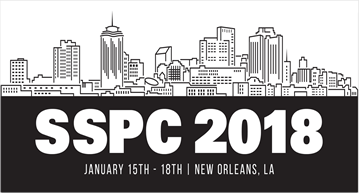Search
Conference Papers
View as
Sort by
Display
per page
VOC Content: Regulating Beyond What Can Be Measured?
Product Number:
41214-843-SG
Publication Date:
2014
$20.00
VOC Reduction in Epoxy Protective Coatings Using VOC-Exempt Solvents
Product Number:
51217-069-SG
Publication Date:
2017
$20.00
Volatile Corrosion Inhibitor (VCI) Testing – Pitfalls and Surprises in Routine Test Methods
Product Number:
51321-16323-SG
Publication Date:
2021
$20.00
Waiting for the Concrete to Dry: Waiting for the concrete to dry at Johnston Memorial medial building in Arlington, VA.
Product Number:
41212-708-SG
Publication Date:
2012
$20.00
Warning! Technical Challenges of Compliance with the New Proposition 65 Regulations
Product Number:
51219-212-SG
Publication Date:
2019
$20.00
WATCHING PAINT DRY: IT IS NOT AS SIMPLE AS IT SOUNDS
Product Number:
51218-112-SG
Publication Date:
2018
$20.00
Water Chemistry Impacts on Cooling Water System Iron Oxide Dispersants
Product Number:
51315-5996-SG
ISBN:
5996 2015 CP
Publication Date:
2015
$20.00
Water Main Breaks - High Time To Learn From Mistakes And Avoid Further Breaks
Product Number:
51321-16837-SG
Publication Date:
2021
$20.00
Water Tank Contracting in the Sunshine Sate
Product Number:
41206-297-SG
Publication Date:
2006
$20.00














